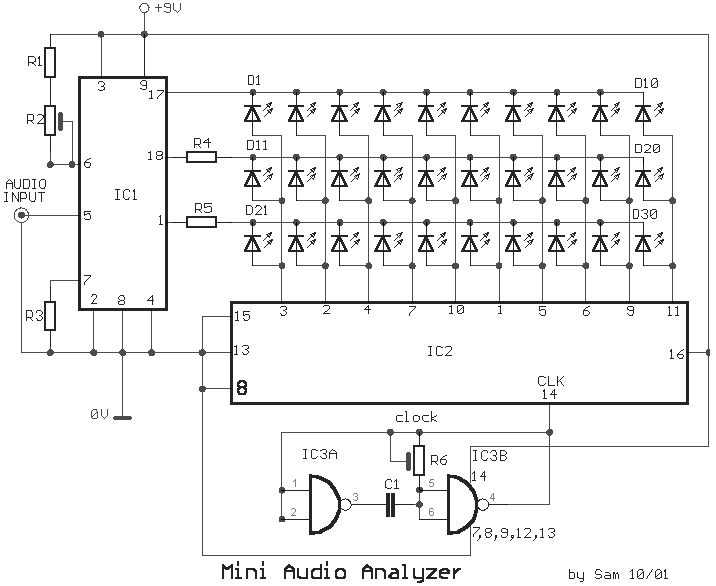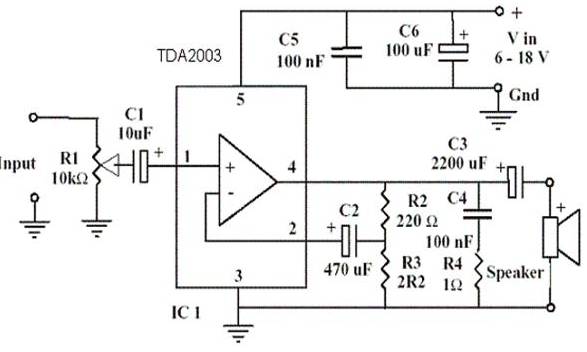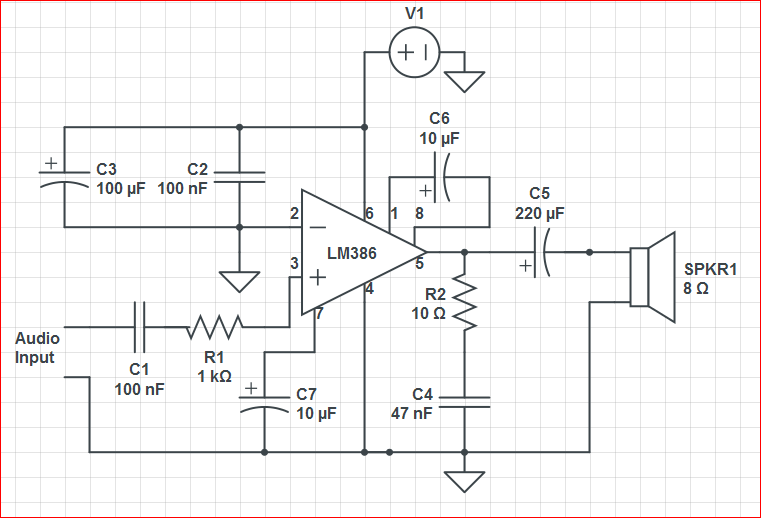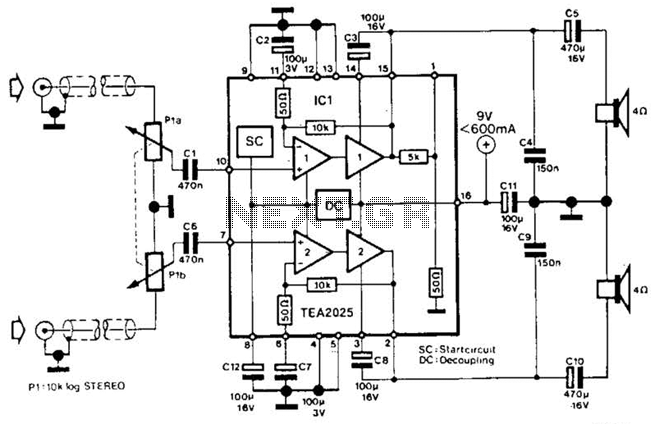
mini audio analyzer

This instrument is a sensitive analyzer that detects changes in frequency and the width of an acoustic signal. The brightness of the LED that activates at any given moment is proportional to the width of the signal, while the color corresponds to the frequency.
The circuit design for this acoustic signal analyzer includes several key components: a microphone, an analog-to-digital converter (ADC), a microcontroller, and an LED driver circuit. The microphone captures the acoustic signal and converts it into an electrical signal. This signal is then processed by the ADC, which digitizes the analog signal for further analysis.
The microcontroller plays a crucial role in interpreting the digital signal. It analyzes the frequency and width of the incoming signal using digital signal processing (DSP) algorithms. The width of the signal is assessed by measuring the duration of the signal peaks, while the frequency is determined by calculating the intervals between the peaks.
To control the LED output, the microcontroller uses a PWM (Pulse Width Modulation) technique. The brightness of the LED is varied according to the calculated width of the signal; a wider signal results in a brighter LED. The color of the LED is controlled by varying the current through different colored LEDs or using an RGB LED, where the microcontroller adjusts the intensity of each color channel based on the detected frequency.
In summary, this acoustic signal analyzer provides a visual representation of the signal characteristics through LED brightness and color, effectively allowing users to interpret the frequency and width of acoustic signals in real-time.This analyst is, a sensitive instrument, in the frequency changes and width of a acoustic signal. Thus the brightness of LED that turns on each moment of is proportional signal width, while the colour of proportionally frequency.. 🔗 External reference
The circuit design for this acoustic signal analyzer includes several key components: a microphone, an analog-to-digital converter (ADC), a microcontroller, and an LED driver circuit. The microphone captures the acoustic signal and converts it into an electrical signal. This signal is then processed by the ADC, which digitizes the analog signal for further analysis.
The microcontroller plays a crucial role in interpreting the digital signal. It analyzes the frequency and width of the incoming signal using digital signal processing (DSP) algorithms. The width of the signal is assessed by measuring the duration of the signal peaks, while the frequency is determined by calculating the intervals between the peaks.
To control the LED output, the microcontroller uses a PWM (Pulse Width Modulation) technique. The brightness of the LED is varied according to the calculated width of the signal; a wider signal results in a brighter LED. The color of the LED is controlled by varying the current through different colored LEDs or using an RGB LED, where the microcontroller adjusts the intensity of each color channel based on the detected frequency.
In summary, this acoustic signal analyzer provides a visual representation of the signal characteristics through LED brightness and color, effectively allowing users to interpret the frequency and width of acoustic signals in real-time.This analyst is, a sensitive instrument, in the frequency changes and width of a acoustic signal. Thus the brightness of LED that turns on each moment of is proportional signal width, while the colour of proportionally frequency.. 🔗 External reference





